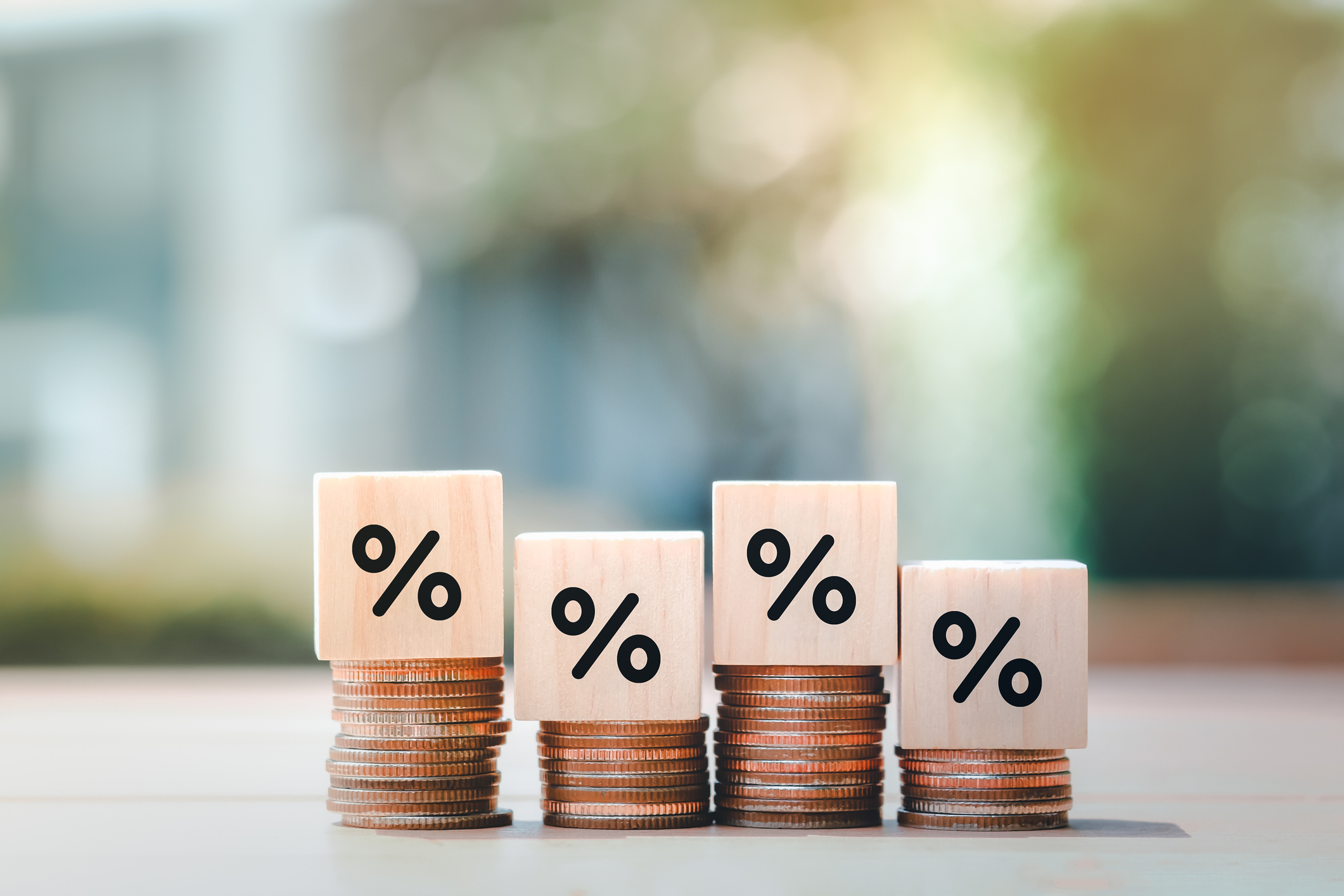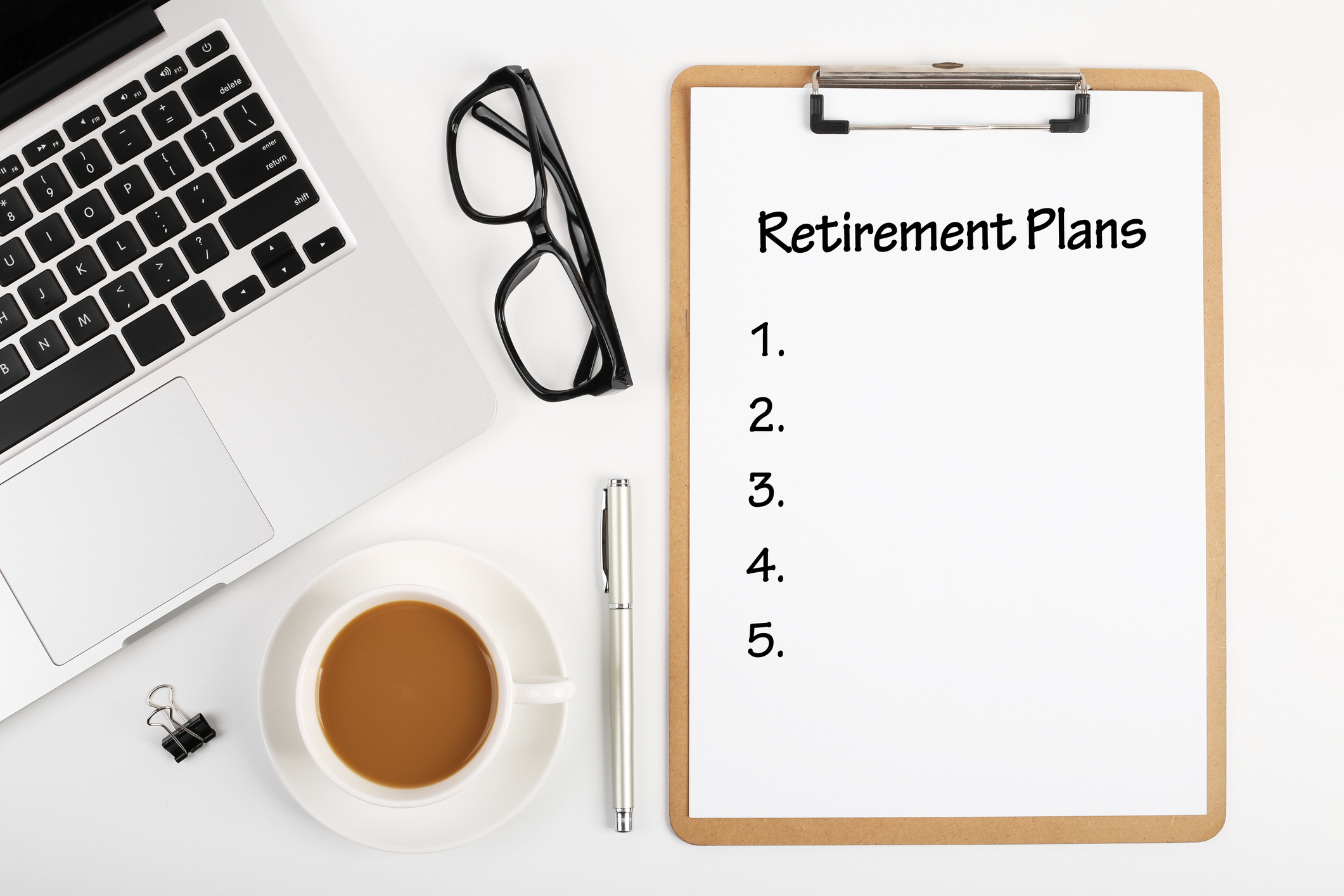Build an Inflation Hedge Around Retirement
Inflation brings two headaches for retirees: stretching a fixed income to meet rapidly rising prices and investing a retirement savings portfolio so that it keeps pace with the higher cost of living. Here are some strategies to avoid the pain.


That retirement scourge from another era is back. Soaring inflation, once a fixture of the 1970s and '80s, returned with a vengeance in 2021, when prices skyrocketed 7% for the year, the highest in four decades. For retirees, inflation brings two headaches: stretching a fixed income to meet rapidly rising prices and investing a retirement savings portfolio so that it keeps pace with the higher cost of living. "The biggest fear for retirees is running out of money," says Chris Miller, founder of the RIA South Pointe Advisors in New York City. "High inflation reduces their purchasing power and increases the likelihood that their portfolio cannot support their spending needs."
Supply chain disruptions, a worker shortage, pentup consumer demand and government monetary policy have all conspired to keep the economy running hot, with high prices the result. Whether today's inflation is a temporary glitch or a multiyear spike is still unclear. The Federal Reserve expects inflation will subside and range somewhere between 2.5% and 3% by the end of 2022. That's still higher than the 1% to 2% annual rate from the past decade, and the Fed could also be wrong. If inflation is here to stay, retirees need to prepare for it.
Padded Budgets
You can start by building in a higher inflation rate for your annual spending budget. Over the past 30 years, when inflation generally hovered at about 2.5%, chartered financial consultant Michael Morgan would use 3% to pad his budget projections for clients. Now, Morgan, who is also president of TBS Retirement Planning in Hurst, Texas, is considering 4% or even 5% to help his clients plan their spending for the next 12 months. When applied across the board, a $60,000 annual budget in 2021, for example, needs to increase $2,400 in 2022 to keep pace with 4% inflation.
From just $107.88 $24.99 for Kiplinger Personal Finance
Become a smarter, better informed investor. Subscribe from just $107.88 $24.99, plus get up to 4 Special Issues

Sign up for Kiplinger’s Free Newsletters
Profit and prosper with the best of expert advice on investing, taxes, retirement, personal finance and more - straight to your e-mail.
Profit and prosper with the best of expert advice - straight to your e-mail.
As part of your planning, you should forecast how much investment income you're likely to have over the next year, based on projected returns and portfolio size. Morgan suggests that you estimate conservatively so that you don't come up short. "If you end up earning more than expected, that gives you even more money in your budget to offset inflation," he says.
You may also want to consider moving up your timeline for making large purchases, such as a new home or car, says Gregory W. Lawrence, a certified financial planner and founder of Lawrence Legacy Group, a retirement planning firm in Estero, Fla. "Once significant inflation gets underway, it has a ripple effect, which often lasts for years.'"
Look for help with higher prices wherever you can. For instance, you might sign up for a generous cashback credit card. The Alliant Cashback Visa Signature Credit Card has no annual fee and pays 2.5% back on your first $10,000 of qualifying purchases and 1.5% back on any monthly spending over $10,000, giving you a built-in discount against rising prices.
Inflation also has its silver linings. The Social Security Administration increased its payments for 2022 by 5.9%, the biggest hike in four decades. "While this won't fund all the projected price increases, it will help," says Phil Michalowski, head of annuities with MassMutual. "Most importantly, when Social Security benefits are indexed up, it is a one-way adjustment. The benefits do not ever index down."
Many retirees also have assets that tend to rise with inflation. "If you've been fortunate enough to own stock or real estate, you've likely benefited from the inflationary climate," says Lawrence.
The Risk From Bonds
Not all portfolios, however, have what it takes to keep pace with rising prices. "If inflation is 4%, retirees need investments in their portfolio generating more than 4% to help fill the gap," says Morgan. That's not easy to do when fixed-income investments, like bonds and CDs, pay paltry interest. "It's not like the '70s where people could buy a government bond paying 6%," says Lawrence.
Bonds also pose another risk, one that retirees may not be accustomed to after decades of mostly falling interest rates and rising bond prices. Now the reverse is true. If interest rates rise, the prices of existing bonds will fall, so that if you sell them before they mature, you'll lose money.
If you invest in bonds for income, Miller suggests using a bond ladder by splitting your money among bonds of different maturities, like those with one-, two-, three- and five-year terms. Hold each bond until it matures to get your deposit back before reinvesting in a new bond and laddering it the same way.
Using Treasury inflation-protected securities to safeguard your principal from inflation would be a good move if the market hadn't already priced in that benefit. "If you do not own TIPS already, it may be too expensive to purchase them [now]," says Miller.
Inflation-Proof Portfolios
But to offset inflation in your portfolio, you'll need to consider other investments besides bonds anyway. Lawrence likes dividend stocks, especially in sectors that should respond well to inflation. "Oil companies and pipelines will benefit from high energy costs, which should continue going up," he says. He also recommends commodity-based companies, like those that produce aluminum, copper, iron ore and precious metals. These stocks typically do well when inflation is high because the cost of the raw materials these companies produce also rises, increasing their revenues.
Right now, Lawrence likes gold and copper mining company Barrick Gold (GOLD, $19.22). "It has a low P/E ratio, excellent debt profile and there's an outstanding likelihood of a future rise in gold. It also has nearly a 2% dividend."
To build a portfolio of dividend stocks, Lawrence suggests focusing on companies that consistently stand out in their sectors during good times and bad. "Think of industry stalwarts: Verizon, P&G, J&J, and Coca-Cola," he says. When there's inflation, "you need something that still rises like a buoy."
Another option is to look for mutual funds and exchange- traded funds specializing in stocks with high dividends, such as Vanguard High Dividend Yield ETF (VYM, $113.42) or Schwab US Dividend Equity ETF (SCHD, $79.73). Both have minuscule 0.06% expense ratios and yield 2.8% and 2.9%, respectively.
Real estate investment trusts benefit from both rising rents and home prices. By law, REITs must pass along at least 90% of their taxable income to shareholders, usually in the form of hefty annual dividends. For example, UMH Properties (UMH, $24.03), a leading owner of manufactured housing communities and one of Kiplinger's 12 best REITS to buy in 2022, has a 3.4% dividend yield.
Fixed index annuities, which are tied to a market index and limit losses in market downturns, are another buffer against inflation, says Morgan. These investment contracts turn your savings into future income with at least some built-in return and are a solid, safer alternative to bonds right now, he says. "You can earn a market index return to help with inflation but won't lose money if the market craters."
The classic inflation hedge, of course, is gold because it tends to hold its value when prices are rising or markets are falling. Lawrence personally owns physical gold in a vaulted account. "It's boring, but it outearned my savings account," he says. "It also helps when the government prints more money to pay debt because it boosts the price of gold."
Although it seems counterintuitive, even cash has a role to play in your portfolio when inflation is high. Cash prepares you for a potential market correction, cushioning your portfolio while giving you the wherewithal to buy stocks at a bargain and ride the rebound. "Think of how happy you'd be if you bought at the market bottom in March 2020," says Lawrence, who suggests keeping at least 10% of your portfolio in cash for those reasons.
You may also want to hire a professional investment manager to oversee your portfolio, helping you navigate inflation's risks. Along with picking investments for you, a good manager should also have access to more sophisticated, defensive strategies that can hedge against market losses. "Eventually the bull market will end -- be prepared. This isn't an amateur's job," says Lawrence. "Wealth is never lost, it's simply transferred. If you're in the right position, the wealth will transfer to you."
Profit and prosper with the best of Kiplinger's advice on investing, taxes, retirement, personal finance and much more. Delivered daily. Enter your email in the box and click Sign Me Up.

David is a financial freelance writer based out of Delaware. He specializes in making investing, insurance and retirement planning understandable. He has been published in Kiplinger, Forbes and U.S. News, and also writes for clients like American Express, LendingTree and Prudential. He is currently Treasurer for the Financial Writers Society.
Before becoming a writer, David was an insurance salesman and registered representative for New York Life. During that time, he passed both the Series 6 and CFP exams. David graduated from McGill University with degrees in Economics and Finance where he was also captain of the varsity tennis team.
-
 5 Investment Opportunities in 2026
5 Investment Opportunities in 2026As investors game-plan for the year ahead, these five areas of the equity markets deserve their attention.
-
 How Verizon’s Free Phone Deals Work
How Verizon’s Free Phone Deals WorkWhat shoppers need to know about eligibility, bill credits and plan costs.
-
 Does Your Car Insurer Need to Know All Your Kids? Michigan Cases Raise Question
Does Your Car Insurer Need to Know All Your Kids? Michigan Cases Raise QuestionWho you list on your policy matters more than most drivers realize, especially when it comes to who lives in your home.
-
 The December CPI Report Is Out. Here's What It Means for the Fed's Next Move
The December CPI Report Is Out. Here's What It Means for the Fed's Next MoveThe December CPI report came in lighter than expected, but housing costs remain an overhang.
-
 How Worried Should Investors Be About a Jerome Powell Investigation?
How Worried Should Investors Be About a Jerome Powell Investigation?The Justice Department served subpoenas on the Fed about a project to remodel the central bank's historic buildings.
-
 The December Jobs Report Is Out. Here's What It Means for the Next Fed Meeting
The December Jobs Report Is Out. Here's What It Means for the Next Fed MeetingThe December jobs report signaled a sluggish labor market, but it's not weak enough for the Fed to cut rates later this month.
-
 The November CPI Report Is Out. Here's What It Means for Rising Prices
The November CPI Report Is Out. Here's What It Means for Rising PricesThe November CPI report came in lighter than expected, but the delayed data give an incomplete picture of inflation, say economists.
-
 The Delayed November Jobs Report Is Out. Here's What It Means for the Fed and Rate Cuts
The Delayed November Jobs Report Is Out. Here's What It Means for the Fed and Rate CutsThe November jobs report came in higher than expected, although it still shows plenty of signs of weakness in the labor market.
-
 December Fed Meeting: Updates and Commentary
December Fed Meeting: Updates and CommentaryThe December Fed meeting is one of the last key economic events of 2025, with Wall Street closely watching what Chair Powell & Co. will do about interest rates.
-
 The Delayed September Jobs Report Is Out. Here's What It Means for the Fed
The Delayed September Jobs Report Is Out. Here's What It Means for the FedThe September jobs report came in much higher than expected, lowering expectations for a December rate cut.
-
 10 Retirement Tax Plan Moves to Make Before December 31
10 Retirement Tax Plan Moves to Make Before December 31Retirement Taxes Proactively reviewing your health coverage, RMDs and IRAs can lower retirement taxes in 2025 and 2026. Here’s how.